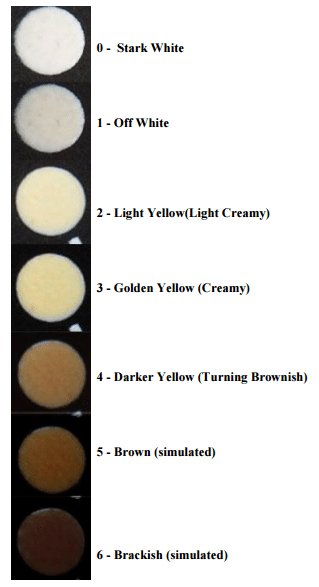The world of Rolex vintage collecting is full of theories and mysteries. I have yet another theory that is shared by some collectors about how and why the markers and became yellowish with patina while other watches remained white. By talking to original owners, I have observed that watches worn regularly, DID NOT turn yellow, or develop a patina. On the other hand, watches that were unworn and presumably stored in a drawer or a safety box, turned color. The degree of patina or lack thereof probably depended on the amount of light exposure and other environmental factors not entirely clear to me. Similarly to the Tropical Brown Sub, the aging process stopped after several years and I dont believe that the process is ongoing. The markers will not continue to turn white or yellow depending on light exposure any longer. A more important question that needs to be answered about patina and that is How much patina is desirable? Ultimately, this is a personal preference. Some collectors like watches that look like they came out of the factory and prefer the white markers, while others like to see a more vintage look with more patina. Patina can vary in degrees of intensity on all Rolex vintage watches. I have attempted to make a scale for easy reference:
When evaluating patina, the main thing to look for is that markers have nice EVENLY colored patina and that they do not have dark spots or streaks (marbling). Although the darker patinas (5+) can give a watch a really interesting look, the they tend to be more likely to have markers with discoloration problems. It is also important to note that matching patina on the dial with the hands is also important. Watches with strong even patinas (3 & 4) are highly sought by collectors and bring strong premiums!






